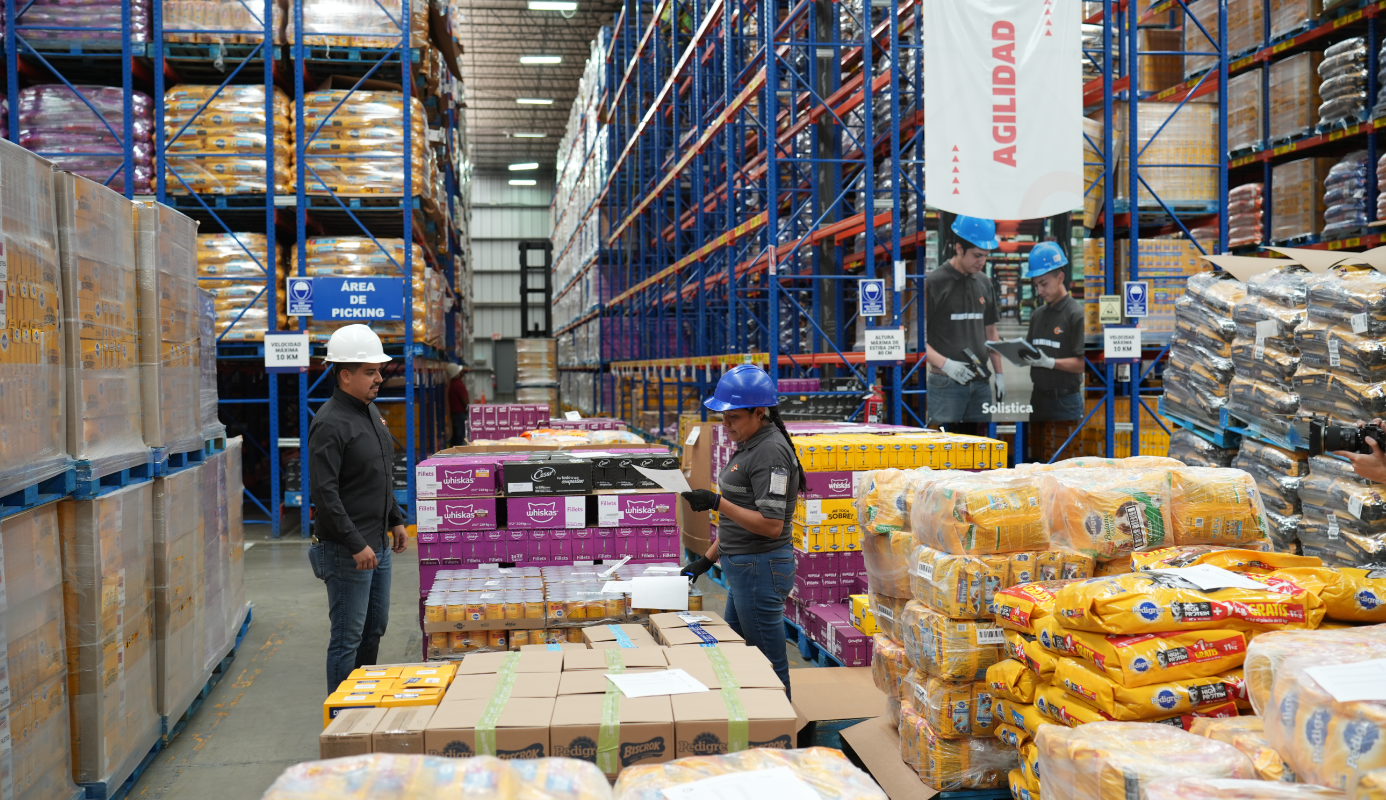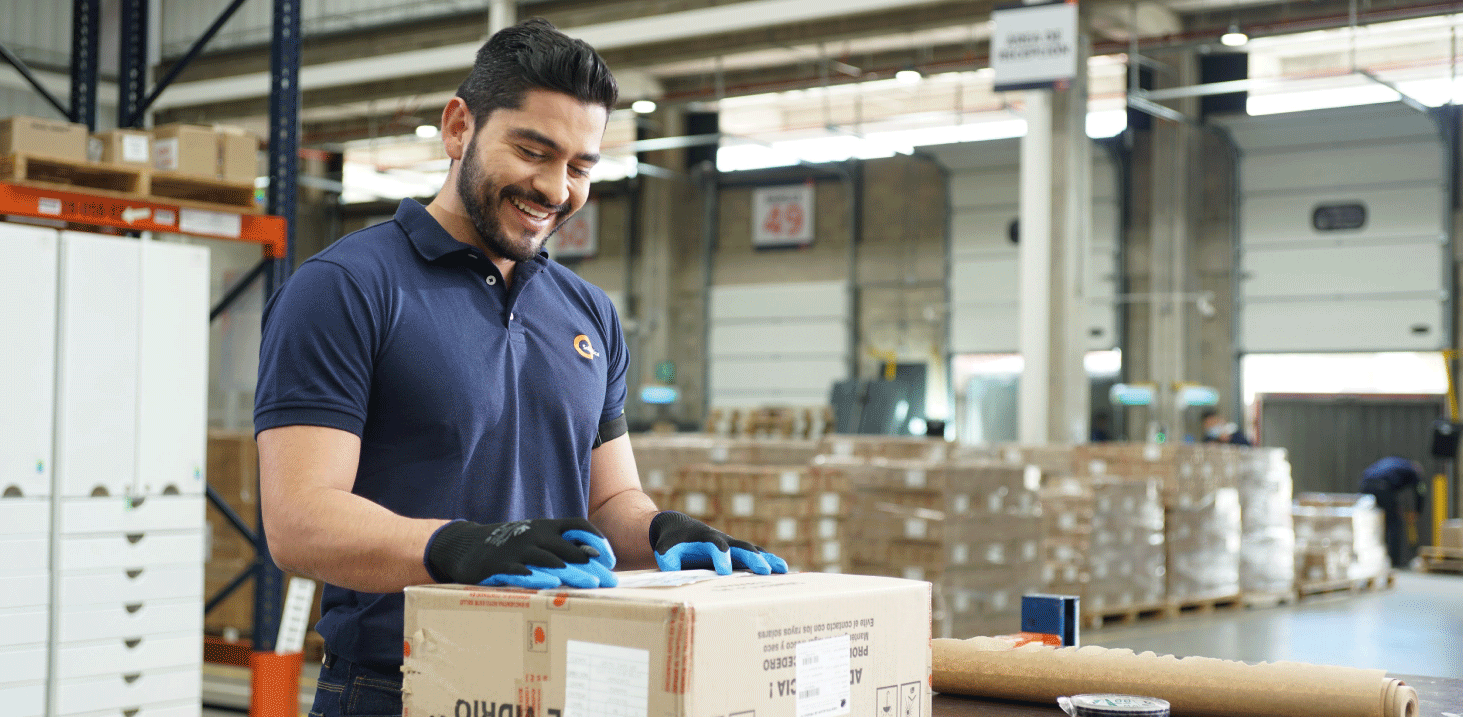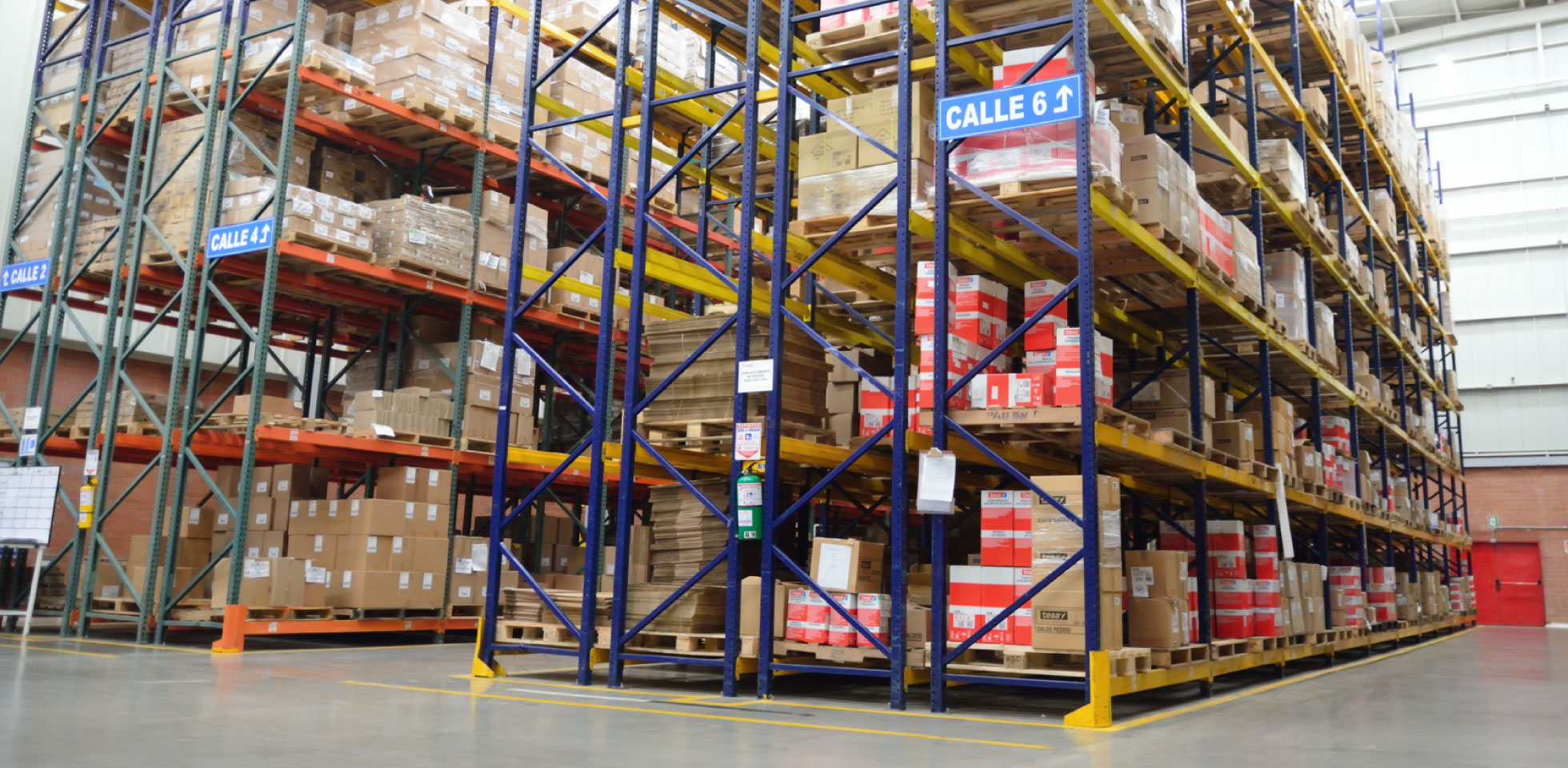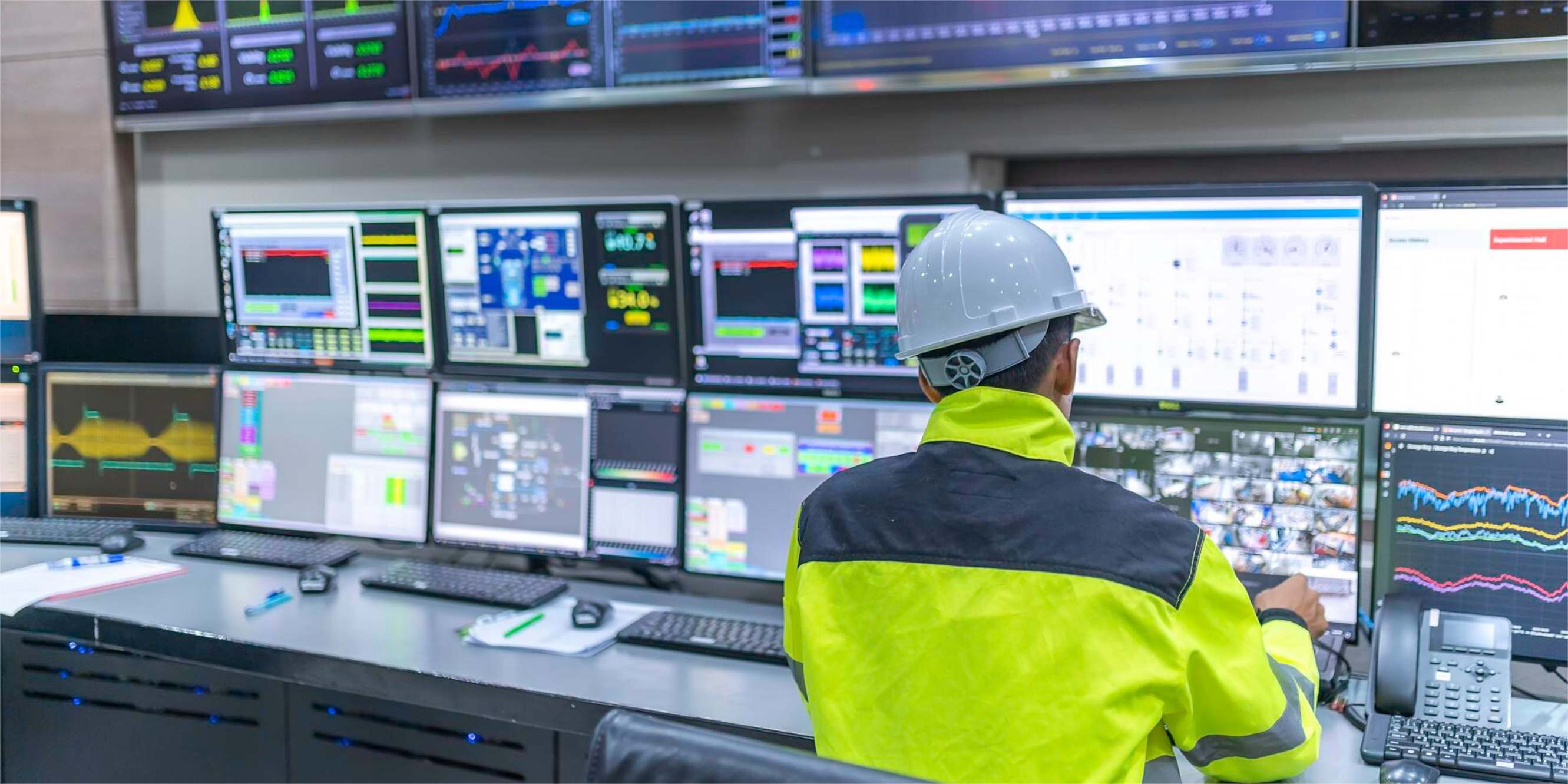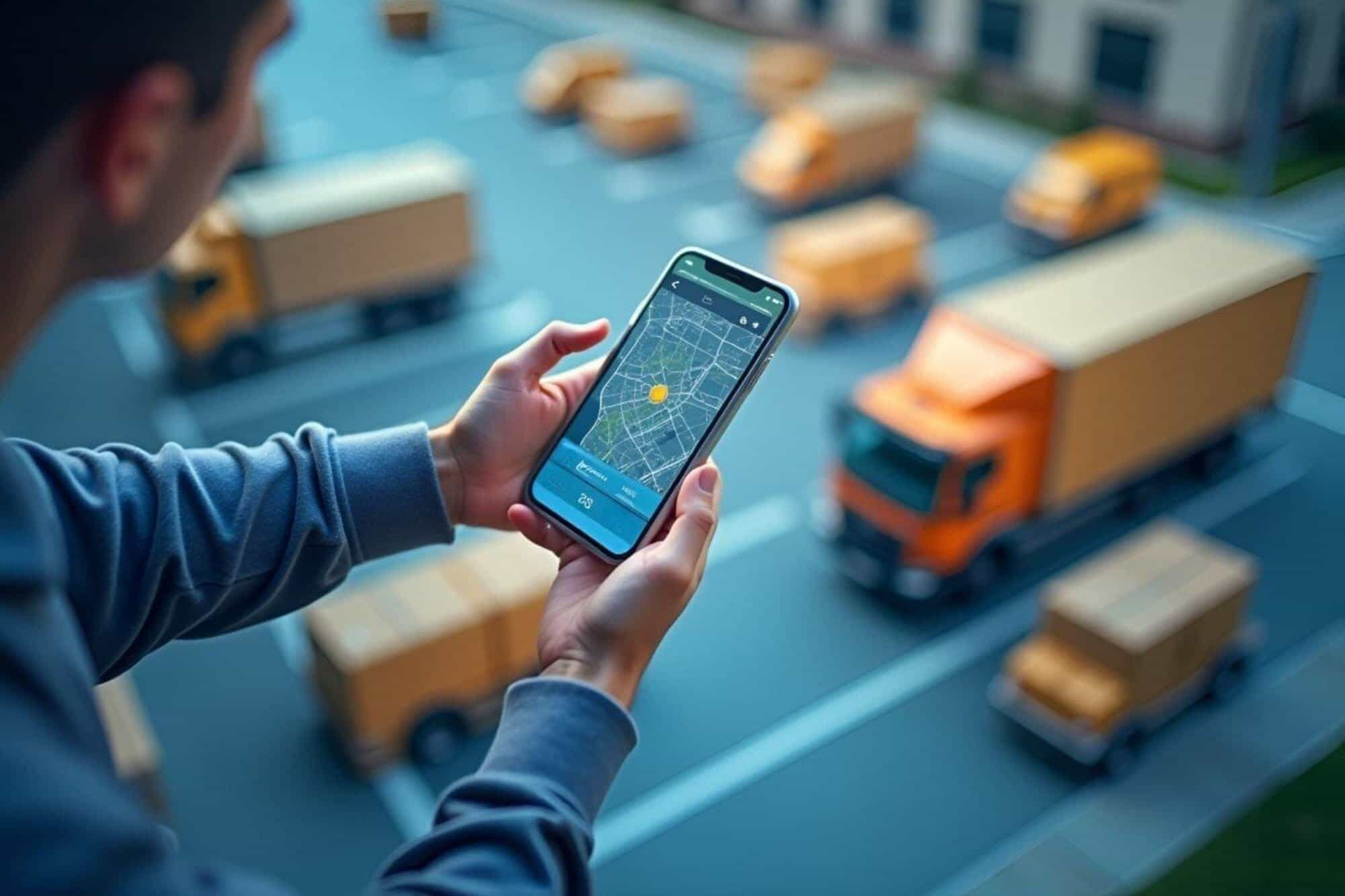Thanks to digitalization, warehousing and transportation operations can now be managed jointly through an LMS, looking to improve customer experience and create an efficient supply-chain supplier ecosystem.
Logistics Management
The management of Logistics oversees the integration of the flow of information and administration, materials handling, packaging, inventory, transportation, warehousing, and safety tools from the point of origin until consumption.
There are four types of logistics management, each focuses on a different process:
- Management of supply and logistics: planning, purchasing, transportation, and warehousing of materials.
- Distribution and transportation of materials: loading, unloading, transportation, and monitoring of stocks.
- Logistics and administration of manufacturing: location of materials for the manufacturing of products.
- Reverse logistics: recovery of materials and manufacturing supplies and return of products.
An adequate management of logistics yields great benefits, such as finding more efficient ways to move resources and products and provide complete visibility, which, in turn, results in savings in the manufacturing costs and adequate inventory levels.
LMS for the Management of Logistics
The Logistics Management Systems (LMS) are tools capable of managing the transportation and warehousing processes in a continuous, integrated, and optimized manner, providing visibility in real time on the flow of cargo and on the procedures taking place.
These systems join data bases and structures and use data from each process to feed the following automatically without the need for any kind of interface and avoiding duplicity of information. To make this a reality, many software Transportation Management Systems (TMS) companies have merged with Warehousing Management Systems (WMS) companies.
The following are some of the benefits we get from using LMS:
- Enable a network that connects all the logistics ecosystem.
- Achieve complete visibility of every single movement.
- Control the accuracy of the inventory.
- Improve the accuracy of orders.
- Have more agility when facing interruptions in the supply chain.
- Manage the inventory of several clients at the same warehouse.
- Enable flexible allocation strategies.
- Visualize workflows, bottlenecks, and risks in 3D.
- Improve productivity and expedite processes.
- Achieve operational excellence throughout the supply chain.
- Create proactive and prescriptive processes using the Internet of Things and Artificial Intelligence.
- Improve the efficiency of the administration of purchasing and contracts.
- Lower the time drivers spend on trips.
- Have smart data.
- Offer value-added and innovative services.
- Manage personnel using dashboards.
- Find new commercial opportunities thanks to the gleaned data.
Interconnected Modules
In general, LMS have the following interconnected modules:
- Orders Management: create and edit inventories, customer service management, payments, antifraud verification, and management of documents.
- Inventories Management: control and documentation of products. Centralizes all data in one single place.
- Warehousing Management: maintenance, control, and automation of warehouse operations: receive goods, move them, manage warehouse staff, track goods. This module, in turn, consists of several others:
- Warehouse Design: optimize warehousing space and improve the flow of goods.
- Picking: synchronization of scanning devices to locate goods.
- Packaging: guarantee that the packaging is carried out in the proper order.
- Personnel Management: allocate tasks to staff using planning and work force scheduling capacities.
- Strategic Transportation Planning: choose shipment method, connection to the logistics company’s network and determine the customs duties and documents in different currencies.
- Transportation Management: manage and schedule deliveries online according to the parameters such as population density, type and capacity of vehicle, traffic, among others. This module consists of several others:
- Crossdocking: eliminate the warehousing process.
- Last Mile: hire parcel freighters for the last leg.
- Order Tracking: shipment monitoring and alerts about the transport and unforeseen delays.
- Transportation Accounting: information regarding shipment costs, invoicing codes, budgets, and others.
- Reverse Logistics: agility in processes such as repairs, returns, and product reallocation. This module consists of the following sub-modules:
- Information Tracking, product geolocation, and reasons for returns.
- Status of Returns: instant notifications regarding returns activities via website, e-mail, or text message.
- Quality Warranty Tracking: notification regarding the situation of goods that should be repaired or retired.
- Analytics: business intel, development of performance indicators (KPI), IT models to predict any issues that may arise at the supply chain. Reports such as transport-related costs, cheaper freighters, KPI, and many others.
Integrating these modules allows us to monitor progress easily using Kanban boards, Gantt diagrams, and control panels.
Integrating an LMS
Integrating an LMS in a company can happen in any of two ways:
- By creating, purchasing, and managing the system on its own.
- By hiring a logistics company (3PL), which allows for a faster implementation period because it avoids the need for training the staff. The 3PL may be configured in the Enterprise Resource Planning (ERP) System as another plant connected to the company. The integration may be carried out in several ways:
- Via Electronic Data Interchange (EDI)
- Via an Application Programing Interface (API)
- Via XML, JSON, Plain Text, and CSV files, among many other formats.
Specialized Logistics Companies, also called 3PL, are hired to perform the warehousing, distribution, delivery, and value-added tasks; therefore, and to achieve a full and correct integration, they must be fully connected with their clients and have the proper data exchange technology.
Solistica can work with different processes and, thanks to our risk management and transportation management tools, we can provide customers with full visibility in real time, as well as reports to enable better decisions.

